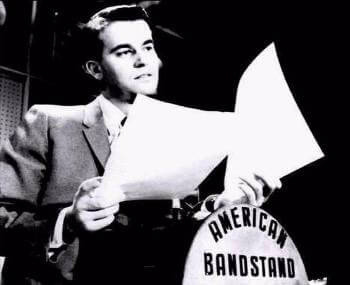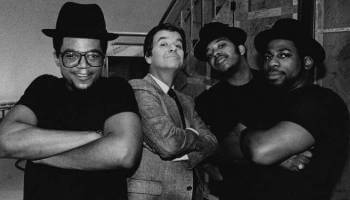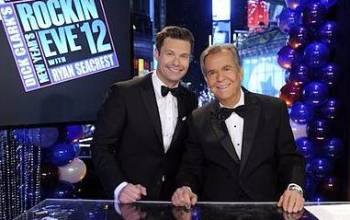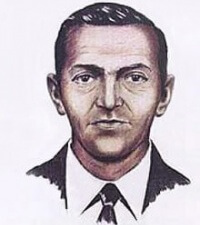November 9 is Chaos Never Dies Day
 Today is Chaos Never Dies Day. That much is certain. But should it be called National Chaos Never Dies Day? It seems like there’s enough chaos to call for an international celebration. No reason to have Chaos Awareness Month, though: we are in touch with it on a daily basis.
Today is Chaos Never Dies Day. That much is certain. But should it be called National Chaos Never Dies Day? It seems like there’s enough chaos to call for an international celebration. No reason to have Chaos Awareness Month, though: we are in touch with it on a daily basis.
Why today? No one has claimed responsibility for the holiday, so there’s no one to ask that question. November 9th might have been selected because it coincides with the date of the Northeast blackout of 1965. Why not?
What is chaos? We’re reminded of Supreme Court Justice Potter Stewart’s response when asked to describe obscenity. He couldn’t define it, he said, “but I know it when I see it.” Chaos can be equally hard to explain, depending on myriad factors such as timing, location, and circumstances.
In Greek mythology, Chaos was the first primeval god to come into existence at the universe’s creation. Her name comes from the Latin khaos, meaning “gap” or the space between heaven and earth.
Chaos theory is a branch of mathematics that describes the behavior of non-linear systems and attempts to find underlying order in what appear to be random events or data.
Here are few quotes that illustrate different views of chaos.
We live in a rainbow of chaos. – Paul Cezanne
Freedom is just chaos, with better lighting. – Alan Dean Foster
Chaos is the score upon which reality is written. – Henry Miller
I like order. It allows me to have chaos in my head. – Dwight Yoakum
Perhaps we should give the last word to the dictionary.
Chaos
noun
1. A state of utter confusion or disorder; a total lack of organization or order.
2. Any confused, disorderly mass: a chaos of meaningless phrases.
3. The infinity of space or formless matter supposed to have preceded the existence of the ordered universe.
4. The personification of this in any of several ancient Greek myths.
5. Obsolete. A chasm or abyss.
Whether you choose to fight chaos today or welcome it with open arms, have a wonderful day. If you want to, that is. No pressure.
CHAOS NEVER DIES DAY, PART TWO:
I’d been told I’d be quizzed on how I came to write about weird holidays and asked about holidays taking place before the end of the year. I gathered information on two of the wackiest: Start Your Own Country Day and Tió de Nadal, which involves a Christmas log that craps out presents. I’ve never been on the radio before and was wargaming it all out until three minutes before I went on-air.
What I didn’t know ahead of time was that the guests on the docket before me were scheduled to talk about the mass shooting in Texas and parenting. The show’s theme was “Are we Stuck in a Bad News Hell?”

When Mr. Robinson introduced me, I launched into a description of the beauty of the order that dwells in chaos even though we can’t perceive it.
I gave the example of football, which can’t be predicted in strictly linear terms by the sum of the players’ and team’s rankings because of variables like team chemistry, whether it’s a home or away game, the quarterback’s attitude, etc. Since I’m confident that you’ll never hear this, I’m going to say it was brilliant.
But Mr. Robinson wanted to talk about the chaos we deal with every day. Of course. I have a lot to say about the unprecedented amount of chaos we’re experiencing nowadays, but I ended up being woefully unprepared. I should have known that was what he would want to discuss.
How did I make such a mistake and overshoot what should have been an interesting and informative conversation? I didn’t just strike out. I left my bat in the dugout and brought a cello to the plate. I’d like to credit chaos in some artful way, say it created a perfect trajectory I can’t identify. That’s hogwash, of course—or is it? (It is.)
Also, I had feedback blasting my words back at me, making it almost impossible to speak normally. There’s nothing worse than hearing your own voice faltering in near-real time. Again, chaos. I don’t think I’ll get invited back. It’s probably just as well they spelled my name Kathlene Zaya.
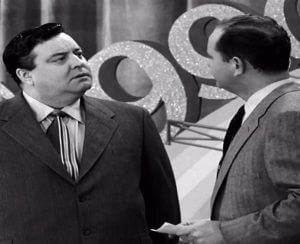 All this reminds me of the $99,000 Answer, an episode of The Honeymooners in which Ralph Kramden prepares to go on a game show where he’ll be required to identify songs by the first few bars.
All this reminds me of the $99,000 Answer, an episode of The Honeymooners in which Ralph Kramden prepares to go on a game show where he’ll be required to identify songs by the first few bars.
He rents a piano and has Ed Norton play musical selections all week to prepare for the event. Ed always warms up by playing the first few bars of “Swanee River,” which never fails to annoy Ralph.
The night of the show, the first tune played is “Swanee River,” which he can’t name. He loses in spite of all his preparation. I laughed but felt bad for Ralph, perpetual loser.
It also reminds me of every Curb Your Enthusiasm episode when Larry David does something stupid or thoughtless by misunderstanding the context of a situation—or just being a jerk. (That’s every episode.)
Fictional chaos theorist Ian Malcolm said in Jurassic Park, “Life finds a way.” So do laughs, but not always the ones you want or on the schedule you’d prefer.
CHAOS NEVER DIES, PART THREE:
November 9. 2018: I have not been invited for a return engagement by Michael S. Robinson. Perhaps my invitation was lost in the (e)mail. There certainly is quite a bit of chaos to discuss: the midterm elections, Trump’s firing of Jeff Sessions, the discovery that the Mayans invented television. (In honor of Chaos Never Dies Day, I invite you to Google that last one.)
Correction: In Part Two, I misidentified fictional character Ian Malcolm as fictional character David Malcom. I regret the error and know that my use of flawed web research one year ago has introduced another tiny bit of chaos to the Internet. So, I guess you could say I’m doing my part.
![]()

